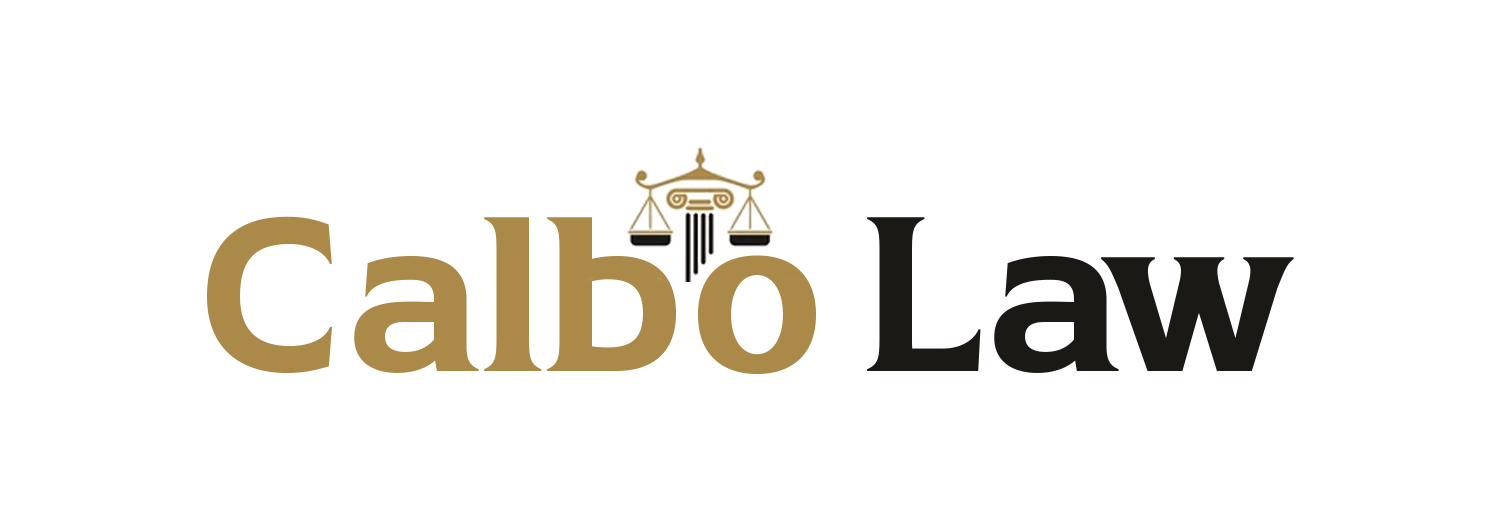The Importance of HR Compliance
Compliance with HR regulations and laws is vital for organizations of all sizes. It ensures that businesses operate ethically, legally, and in a manner that protects the rights and well-being of their employees. HR compliance encompasses a range of areas, including employment laws, workplace safety, payroll and benefits administration, and equal employment opportunity.
Understanding the Fundamentals of HR Compliance
To understand HR compliance, it’s important to grasp the fundamentals. HR compliance involves following federal, state, and local laws and regulations that govern various aspects of the employment relationship. These laws include the Fair Labor Standards Act (FLSA), the Family and Medical Leave Act (FMLA), the Americans with Disabilities Act (ADA), and many others. It also extends to company policies relating to areas such as discrimination, harassment, and employee benefits.
Non-compliance with these laws can result in legal consequences, financial penalties, damage to an organization’s reputation, and negative impacts on employee morale. It is therefore crucial for HR professionals and business leaders to have a comprehensive understanding of the legal requirements and best practices related to HR compliance.
Why HR Compliance is Vital for Your Organization’s Success
Compliance in HR is not just about avoiding legal issues; it is also a key factor in the overall success and sustainability of an organization. Compliance ensures that employees are treated fairly, which improves job satisfaction and retention. It also helps to create a positive work environment and minimize conflicts or grievances.
Furthermore, HR compliance contributes to organizational efficiency by streamlining processes and ensuring that HR policies and procedures are clear and effective. Compliance also helps organizations manage risk and maintain a strong ethical framework by preventing workplace discrimination, harassment, and other unethical behavior.
Common HR Compliance Challenges and How to Overcome Them
While HR compliance is crucial, many organizations face challenges when it comes to ensuring full compliance with applicable laws and regulations. Some common challenges include:
- Keeping up with changing laws and regulations: HR professionals must stay informed about changes to employment laws and regulations to ensure ongoing compliance. This can be challenging due to the constantly evolving nature of these laws. To overcome this challenge, organizations can invest in regular training and professional development opportunities for HR staff.
- Managing employee data and privacy: With the increasing amount of employee data being collected and stored, organizations must take steps to protect the privacy and confidentiality of this information. Implementing robust data protection measures and following best practices for data security can help mitigate this challenge.
- Ensuring consistent implementation of policies: HR policies must be consistently implemented across the organization to avoid potential legal issues. Communication, training, and ongoing monitoring are essential for maintaining consistency in policy implementation.
- Addressing cultural and diversity challenges: Organizations operating in diverse environments must navigate cultural differences and ensure compliance with equal employment opportunity laws. Promoting inclusivity, providing diversity training, and fostering a culture of respect and acceptance can help overcome these challenges.
By proactively addressing these challenges and implementing effective strategies, organizations can ensure full compliance with HR regulations and promote a positive work environment for their employees.
Legal Requirements and Best Practices
Navigating employment laws and regulations is a key aspect of HR compliance. Understanding the legal requirements and implementing best practices can help organizations avoid legal issues and maintain a compliant workplace.
Navigating Employment Laws and Regulations
Employment laws and regulations can be complex, with varying requirements at the federal, state, and local levels. Some key areas covered by employment laws include:
- Wage and hour laws: These laws govern minimum wage, overtime pay, recordkeeping, and child labor. HR professionals must ensure that employees are properly classified as exempt or non-exempt, and that they receive the correct compensation for hours worked.
- Anti-discrimination and equal employment opportunity laws: These laws prohibit workplace discrimination based on characteristics such as race, gender, age, religion, disability, and national origin. Organizations must have policies and procedures in place to prevent discrimination and address any complaints or incidents that arise.
- Workplace safety and health regulations: Organizations must comply with Occupational Safety and Health Administration (OSHA) regulations to ensure a safe work environment. This includes maintaining safety protocols, providing appropriate training, and addressing any hazards or violations promptly.
- Leave and accommodation laws: The FMLA and ADA provide employees with certain rights related to leave and accommodations. HR professionals must understand these laws and ensure that employees’ rights are protected and properly administered.
Creating and Implementing Effective HR Policies
HR policies play a crucial role in maintaining HR compliance. Effective policies should be clear, comprehensive, and tailored to the specific needs of the organization. Some key considerations when creating and implementing HR policies include:
- Policy development: Policies should be developed in consultation with key stakeholders, such as HR professionals, legal counsel, and senior leaders. They should address legal requirements and reflect the organization’s values and culture.
- Communication and training: Once policies are developed, it is important to effectively communicate them to all employees. Training programs can help employees understand their rights and responsibilities under these policies.
- Regular review and updates: HR policies should be reviewed regularly to ensure they remain up-to-date with changes in laws, regulations, and best practices. This can help organizations stay compliant and address any emerging issues.
The Role of Training and Development in HR Compliance
Training and development programs play a critical role in promoting HR compliance within organizations. These programs can provide employees and managers with the knowledge and skills necessary to understand and comply with HR policies and legal requirements.
Effective training and development initiatives should focus on:
- Raising awareness: Training programs should ensure that employees are aware of their rights and responsibilities under HR policies and applicable laws. This can help prevent compliance issues and promote a culture of compliance.
- Providing guidance: Training programs should provide practical guidance on how to handle common HR compliance situations, such as preventing workplace harassment or addressing employee grievances. This can empower employees to make informed decisions and take appropriate actions.
- Ongoing education: Training should not be a one-time event. It should be an ongoing process to keep employees informed about changes in laws and regulations, as well as best practices in HR compliance.
By investing in training and development programs, organizations can ensure that their employees have the knowledge and skills necessary to maintain HR compliance and contribute to a compliant and ethical workplace culture.
Ensuring Efficiency in HR Compliance
Efficiency is a key consideration in HR compliance to ensure that processes are streamlined, resources are utilized effectively, and compliance obligations are efficiently met.
Streamlining HR Processes for Improved Compliance
Streamlining HR processes can help organizations enhance compliance by reducing errors, eliminating redundancies, and ensuring consistency. Some strategies for streamlining HR processes include:
- Automation: Implementing HR technology solutions, such as HRIS (Human Resources Information System) software, can automate manual tasks, reduce paperwork, and ensure accurate recordkeeping. Automation can also help streamline processes such as employee onboarding, time tracking, and benefits administration.
- Standardization: Establishing standardized processes and procedures for HR tasks can promote consistency and minimize errors. This includes creating standardized templates, checklists, and workflows for activities such as hiring, performance evaluations, and disciplinary actions.
- Centralization: Centralizing HR functions and data can improve efficiency and ensure that information is accessible to all relevant stakeholders. This can involve consolidating HR systems, centralizing data storage, and implementing self-service portals for employees and managers.
The Role of Technology in Enhancing HR Compliance
Technology plays a key role in enhancing HR compliance by providing tools and solutions that streamline processes, ensure accuracy, and enable data-driven decision-making. Some examples of how technology can enhance HR compliance include:
- HRIS software: HRIS software provides a centralized platform for managing employee data, tracking compliance requirements, and generating reports. It can also automate processes such as leave management, performance reviews, and training administration.
- Time and attendance systems: These systems automate time tracking, ensure accurate calculation of hours worked, and facilitate compliance with wage and hour laws. They can also generate reports for payroll processing and audit purposes.
- Learning management systems (LMS): LMS platforms enable organizations to deliver and track employee training programs, ensuring that required compliance training is completed on time. They can also provide analytics and reporting capabilities to monitor training effectiveness and compliance status.
- Data analytics: HR compliance can be enhanced through the use of data analytics tools, which can help identify trends, risks, and compliance gaps. Analyzing HR data can provide insights into areas such as employee turnover, diversity, and workplace safety.
Effective Audit and Reporting Practices for HR Compliance
Regular audits and reporting are essential for maintaining HR compliance. These practices help organizations identify areas of non-compliance, address issues promptly, and ensure ongoing adherence to legal requirements.
Some key considerations for effective audit and reporting practices in HR compliance include:
- Conducting regular audits: HR audits should be conducted on a regular basis to assess compliance with applicable laws, regulations, and internal policies. These audits can be conducted internally or by engaging external consultants with expertise in HR compliance.
- Documenting audit findings: Audit findings should be thoroughly documented, including any identified compliance gaps, recommended actions, and deadlines for corrective measures. This documentation serves as a basis for action and future reference.
- Establishing reporting mechanisms: Organizations should establish mechanisms for reporting HR compliance concerns or violations. This can include confidential reporting channels, such as an anonymous hotline, to encourage employees to come forward with any compliance-related issues or observations.
- Regular reporting to management: HR professionals should provide regular reports to management on HR compliance metrics, such as training completion rates, employee grievances, and audit findings. These reports can help management track compliance status and make informed decisions.
By implementing effective audit and reporting practices, organizations can identify areas for improvement, address compliance issues in a timely manner, and ensure ongoing adherence to HR regulations and best practices.













Comments